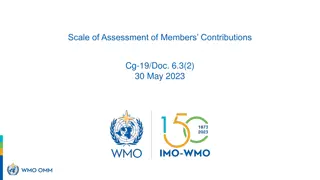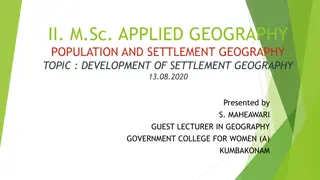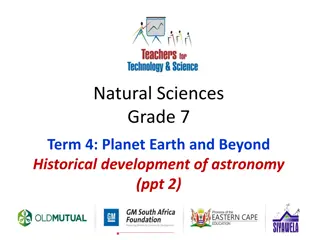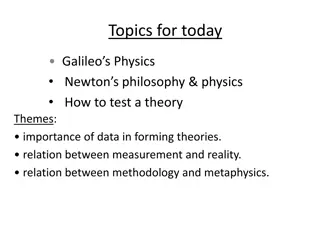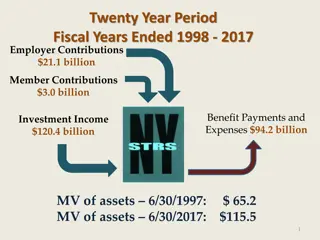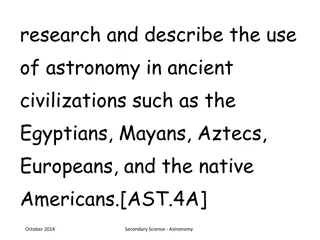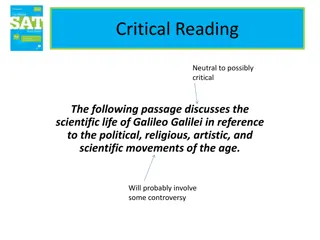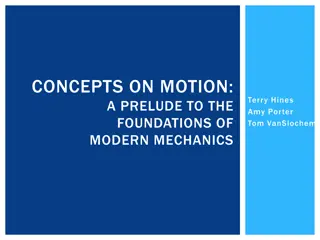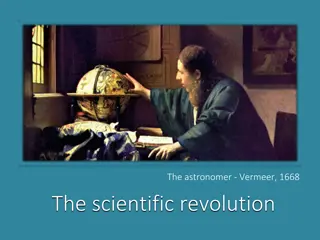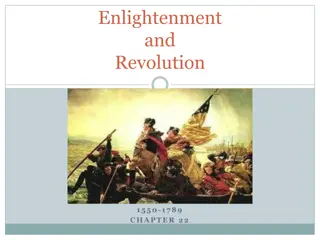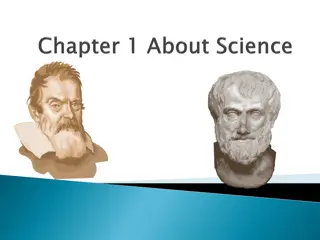Exploring the Life and Contributions of Galileo Galilei
This presentation delves into the remarkable life and achievements of Galileo Galilei, an Italian astronomer, physicist, and mathematician who revolutionized the scientific world during the seventeenth century. Galileo's groundbreaking observations, inventions such as the telescope and thermometer, and his pivotal role in advancing astronomy are highlighted, showcasing his enduring impact on the history of science and technology.
Download Presentation

Please find below an Image/Link to download the presentation.
The content on the website is provided AS IS for your information and personal use only. It may not be sold, licensed, or shared on other websites without obtaining consent from the author. Download presentation by click this link. If you encounter any issues during the download, it is possible that the publisher has removed the file from their server.
E N D
Presentation Transcript
GALILEO GALILEi DR.S VARGHESE JEYERAJ ASSOCIATE PROFESSOR Programme: BA Course Title: History of Science and Technology Course Code: 17UHIC 43/17UHVC43 H.K.R.H COLLEGE, UTHAMAPALAYAM
GALILEO GALILIE 1564-1642
GALILEO GALILEI Galileo was born at Pisa in Italy on February 15,1564 In 1581, he entered the university of Pisa to study medicine At the age of 17,he discovered the isochronisms of the pendulum. At his 25, Galileo began to lecture on mathematics at the University of Pisa.
GALILEO GALILIE He was an Italian astronomer, Physicist, Mathematician He initiated the scientific revolution of the seventeenth century Italy. He was the first man to see the true face of the moon and the first to observe the infinite multitude of stars beyond he sight of the naked eye .
Galileos Observations Galileo was one among the first scientist who questioned the ancient ideas and disproved them. The discovery of Isochronism Two objects with different weight fall down at the same speed.
Galileos Inventions 1593- Thermometer 1597- Compass 1609- Telescope 1641- Pendulum Clock
Astronomy Gallileo invented a telescope that had 3x the magnification then Hans Lippersney invented in 1608 With this telescope he could see magnified, upright images of earth First to report lunar mountains and craters made the conclusion that the moon is rough and uneven just like earth Also observed Venus, Milky Way, and Saturn.
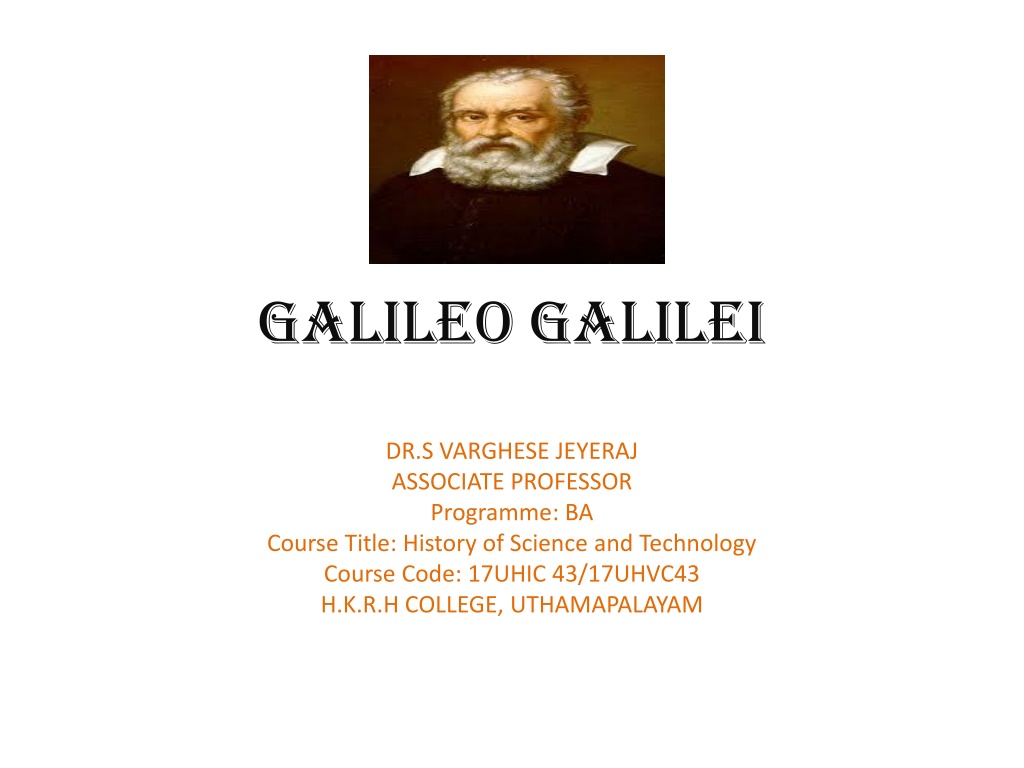


![Read⚡ebook✔[PDF] Io After Galileo: A New View of Jupiter's Volcanic Moon (Sprin](/thumb/21612/read-ebook-pdf-io-after-galileo-a-new-view-of-jupiter-s-volcanic-moon-sprin.jpg)

